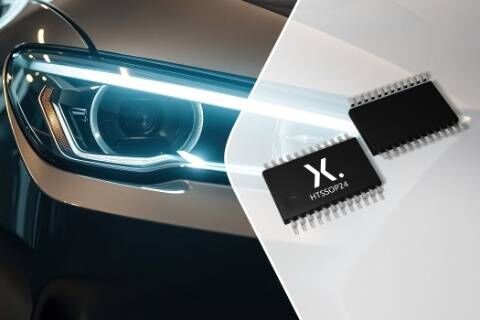December 16, 2024 /SemiMedia/ — To address the challenges of accelerating product development cycles and simplifying complex development processes, Microchip Technology has released PolarFire® FPGA and SoC solution stacks for smart robotics and medical imaging. These new releases build upon Microchip’s existing smart embedded vision, industrial edge, and intelligent edge communications stacks.
The rise of IoT, industrial automation, and smart robotics, along with the proliferation of medical imaging solutions to the intelligent edge, has made designing power- and thermally constrained applications more complex than ever. Microchip’s new product offerings aim to help customers tackle this growing complexity.
The solution stacks include firmware and IP cores for AI-assisted 4K60 computer vision, a diverse set of ready-to-use sensor and camera interfaces and integrated hardware for high-speed Ethernet protocols. Real-time ROS-2 compatible cores facilitate robotics tasks for perception and coordinate transformation. The stacks offer time-sensitive industrial networking protocols for OPC/UA, rich operating systems support and asymmetric processing commonly used in industrial automation. Software design kits allow for a high-level of customization and support diverse development environments centered around C/C++, RTL and popular machine learning frameworks, including the SmartHLS™ IDE, VectorBlox™ Accelerator SDK and the and Libero® SoC Design Suite which has been certified for applications needing IEC61503 SIL 3 functional safety.
The solution stacks bring together the industry’s most power-efficient and secure mid-range PolarFire FPGAs and PolarFire SoC FPGAs, a rich mix of hardware and software solutions with cyber security protections that allow system designers the freedom to innovate in medical imaging and robotics applications.
“Our customers have an urgent requirement to drive significant innovation in secure, functionally safe, AI-assisted industrial automation and portable medical imaging that delivers unprecedented compute horsepower in the smallest of physical footprints which are thermally stressed, and that are very vulnerable to cyber-security threats,” said Shakeel Peera, vice president of marketing and strategy for Microchip’s FPGA business unit. “To that end, we are now providing developers in these segments the ability to utilize power-efficient hardware and customizable solution stacks with an end goal of rapidly deploying intelligent medical imaging and autonomous robots.”
For more information, please visit Microchip’s PolarFire FPGA and SoC solution stacks webpage.












All Comments (0)